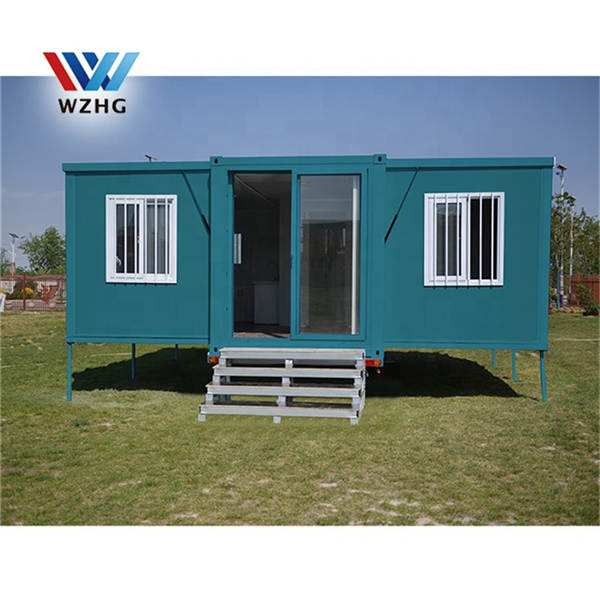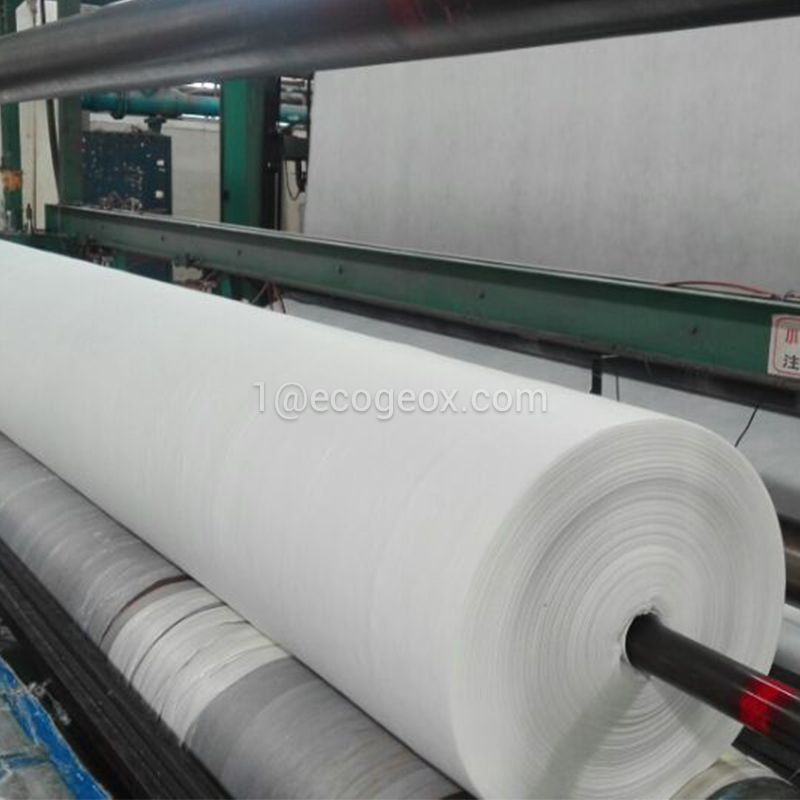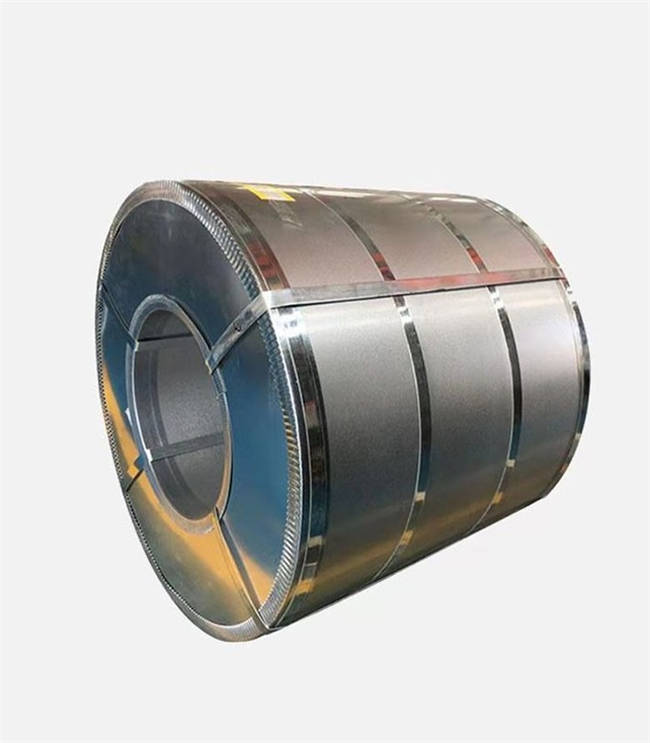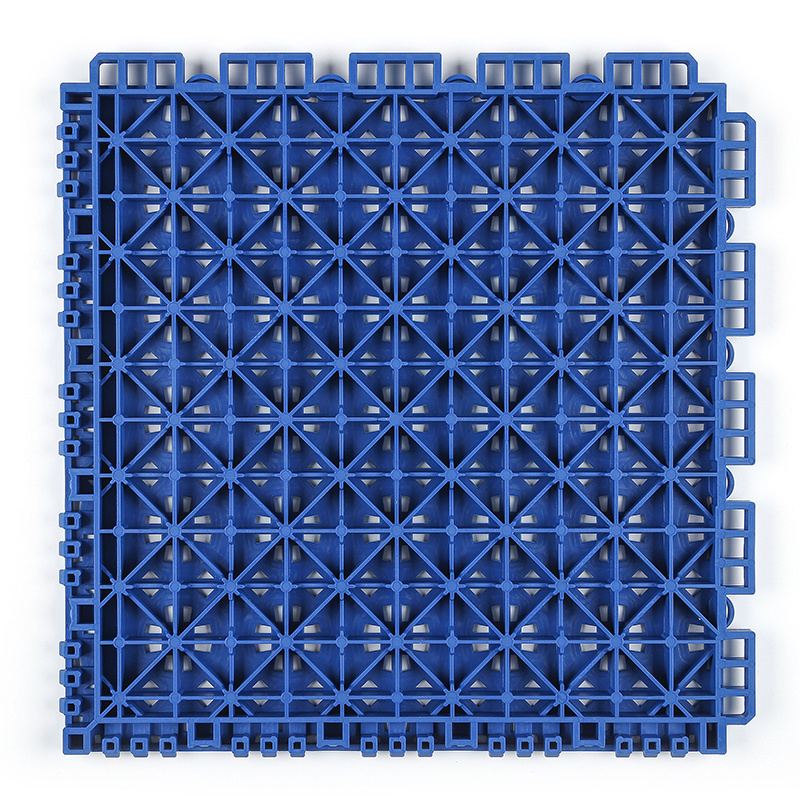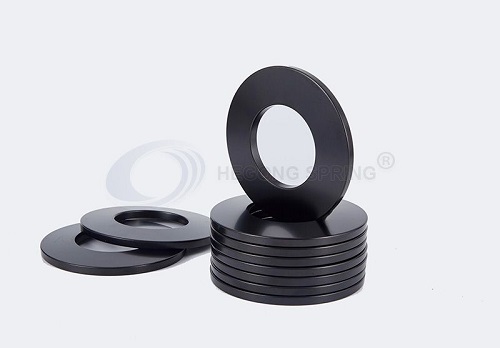WHAT IS PRE-STRESSED STEEL?
The overall reason to pre-stress steel is that it raises both the quality and the resistance to tension and compression characteristics of the steel.
Although apparently recent, pre-stressed steel is a material whose origins date back a long way. The adoption of the technique of pre-stressing is attributed to Paxton, who in 1851 utilised this technique for the realisation of the Crystal Palace, unaware of the great discovery he had made.
Koenen was the first to propose pre-stressing steel bars . He suggested doing this in 1907, before applying concrete, in order to avoid the formation of cracks and thus stumbled across the innovation of reinforced concrete. Unfortunately his efforts failed because at that time the phenomena of fluage and shrinkage were unknown.
In fact, the real “father” of pre-stressing is Eugène Freyssinet, who in 1928 defined it as a technique which consists in subjecting a material, in his case reinforced concrete, to loads which produce stresses opposed to those in operation, through the use of cables which have first been laid in the stressed mass.
The reasons may be found in the mechanical characteristics of concrete which shows great ability to absorb forces of compression but a low resistance to tension which is allowed to be absorbed by the metallic reinforcement. The latter, however, under the effect of tension tends to lengthen and, on account of the phenomenon of bonding, pulls the concrete along with it.
Unlike reinforced concrete, stressed steel is a material which has high resistance both to tension and to compression. As a consequence, by making a comparison between prestressed steel and reinforced concrete, we can immediately note that in the first place, this technique further raises both the quality and the resistance to tension and compression characteristics of the steel. In the second place it raises the resistance to tension of reinforced concrete which is, in fact, negligible.
Types of Pre-stressing Steel
Types of Stressed Steel
The steel is treated to achieve the desired properties. The following are the treatment processes:
Cold working (cold drawing) is being done by rolling the bars through a series of dyes. It re-aligns the crystals and increases the strength.
Explore more:Construction & Real Estate
How to Maintain and Extend the Lifespan of Your FRP Tank
How to Install Alkali-Resistant Fiberglass Mesh for Tile Backsplash?
What is the advantage of steel roof truss?
What Types of Structures Benefit from Post-Tensioning?
Basic Types of Steel Building Structure
What is the use of Scaffolding Base Jack?
Stress relieving is being done by heating the strand to about 350°C and cooling slowly. This reduces the plastic deformation of the steel after the onset of yielding.
Strain tempering for low relaxation is being done by heating the strand to about 350°C while it is under tension. This also improves the stress-strain behaviour of the steel by reducing the plastic deformation after the onset of yielding. In addition, the relaxation is reduced.
Properties of Pre-stressing Steel
The steel in pre-stressed applications has to be of good quality. It requires the following attributes:
1) High strength
2) Adequate ductility
3) Bendability, which is required at the harping points and near the anchorage
4) High bond, required for pre-tensioned members
5) Low relaxation to reduce losses
6) Minimum corrosion.
So there you have it. Hope this is understandable, if not why not visit our website on Stressed Steel from here .
Recommended article:
Knowledge about coconut shell mosaic
Is PVC flooring same as vinyl?
STC Ratings of Glass
8 Critical Questions to Ask Before Hiring a Flooring Installer
The Ultimate Guide to Chinese Mosaic Tiles
Designing a Sports Complex: A Guide to Creating a Winning Facility
Exploring the Versatility of Thread Rebar







